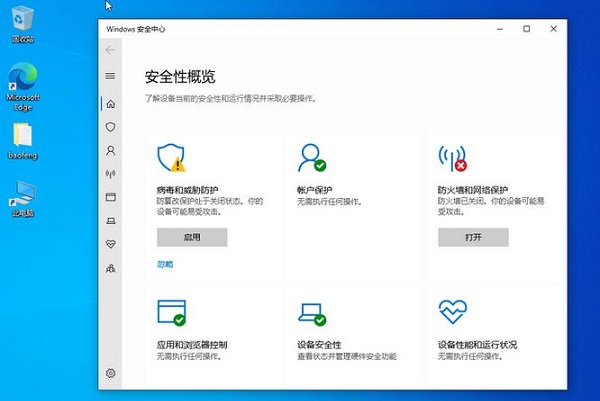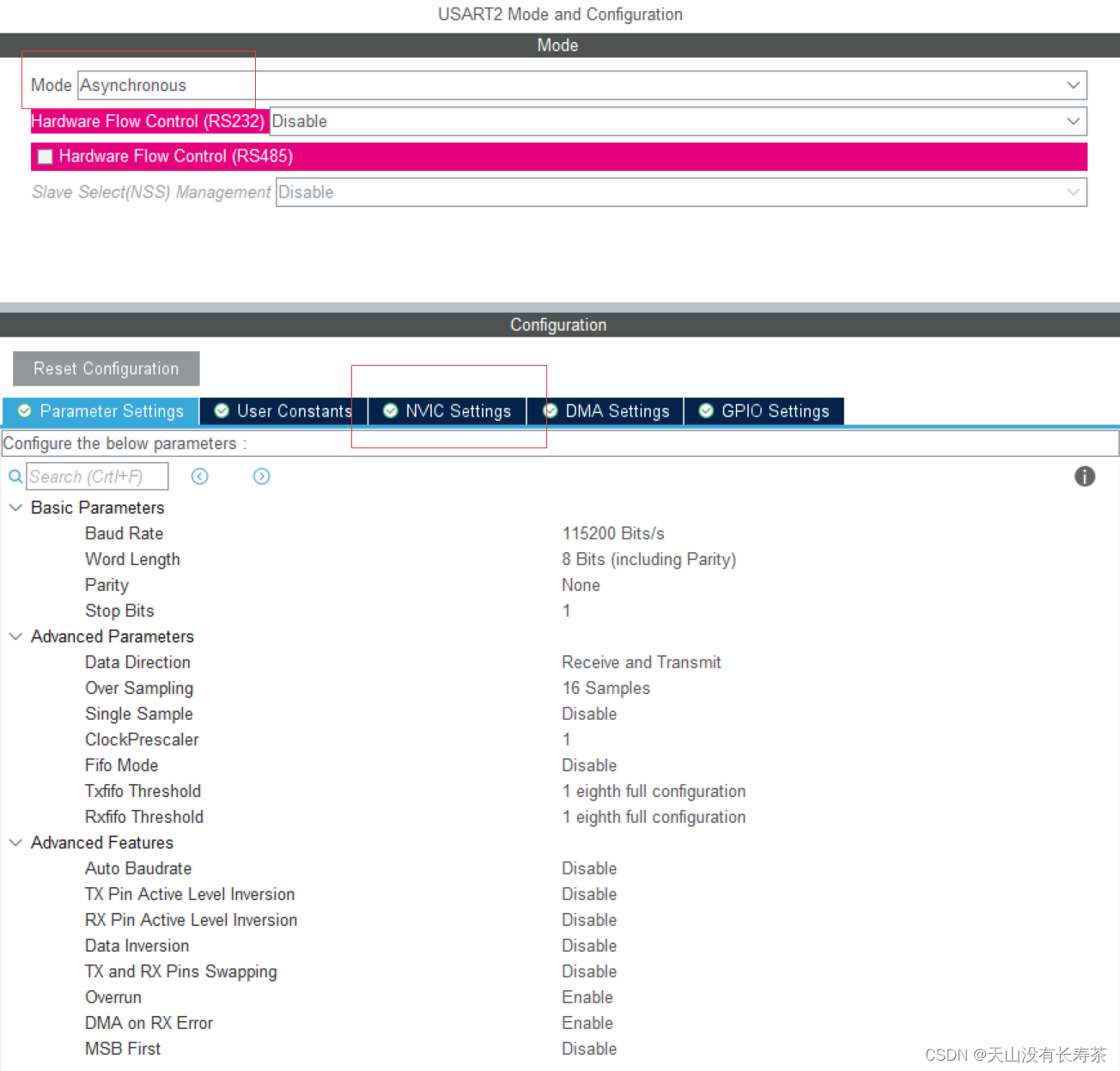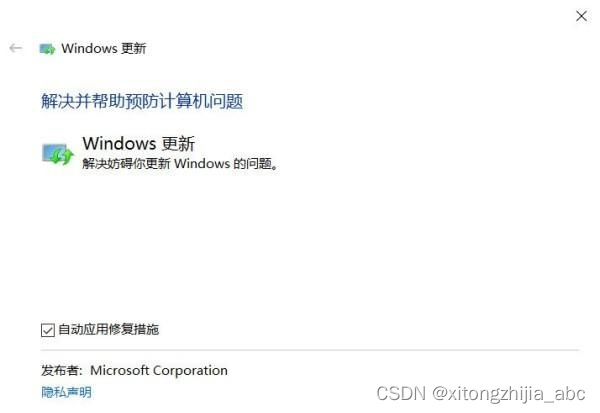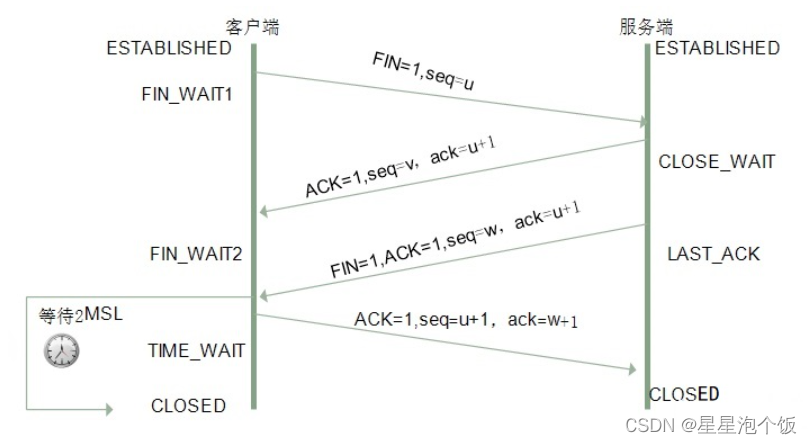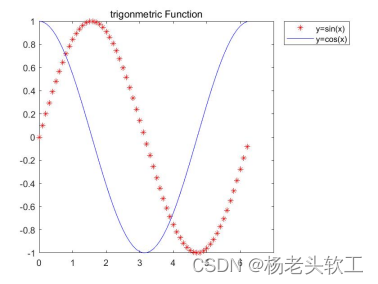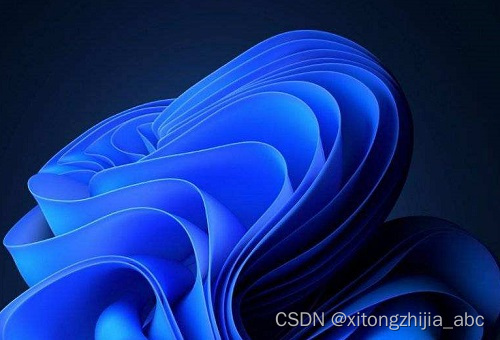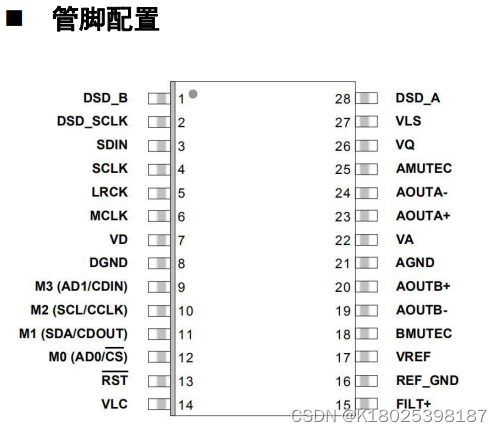当前位置:网站首页>Open the door of electricity "Circuit" (1): voltage, current, reference direction
Open the door of electricity "Circuit" (1): voltage, current, reference direction
2022-08-02 15:28:00 【18 year old dream heart】
Almost everyone who clicks on this post is a high school graduate, right??!Voltage and current are already well-known in high school and junior high school. How can I have so much spare time to watch you talk again?I want to learn to control, I want to get ahead!!!
Indeed, everyone yearns for the praise and envy of others, but this is the result of our down-to-earth hard work every day, and getting something for nothing will eventually lead to an unstable foundation on the way forward..Everyone knows about voltage and current, so be patient and look at the different things in it!
Because this difficult circuit is based on the course of advanced mathematics in college, I will not say more here. I will publish a few issues of advanced mathematics later when I have time.trick.Next, I will use the most concise language to take you to put aside the obscure and difficult books and go to the peak of life!!
Let's talk about voltage first, the common symbol U is expressed, the unit V is the work done by the charge moving under the action of the electric field, the formula is  , it should be noted that it is work pair chargeIn other words, imagine a rectangular coordinate system with q on the horizontal axis and w on the vertical axis in your brain, and draw an image at will. The slope of each tangent point of this image is the meaning of the voltage, representing the rate of change.At this time, please note that you need to know not only the meaning of the voltage, but also the importance of the reference direction. The two are inseparable and indispensable. Refer to the reference as a reference. Whether it is true or not, you can calculate it.In the study of junior high school, things like physics and the direction of voltage and current can be known after a little thought, but when you enter the university and enter the workplace, when you are faced with a complex circuit like a caterpillar, it will be too late to regret it.For the convenience of calculation, we usually mark the positive and negative electrodes of the voltage and the assumed direction of the current flow on the components of unknown voltage and current direction, so as to facilitate the calculation. After the calculation, a positive or negative number will be obtained, that is, the number of generations, the result is a positive number, then congratulations, the reference direction of the calibration is the same as the actual direction, you "guessed" correctly.If it is negative, it means that the reference direction is opposite to the actual direction. You can change it in the picture or use this algebraic value, it doesn't matter, just feel comfortable.We know this method in elementary school, yes, it is to set the unknown quantity x/y.
, it should be noted that it is work pair chargeIn other words, imagine a rectangular coordinate system with q on the horizontal axis and w on the vertical axis in your brain, and draw an image at will. The slope of each tangent point of this image is the meaning of the voltage, representing the rate of change.At this time, please note that you need to know not only the meaning of the voltage, but also the importance of the reference direction. The two are inseparable and indispensable. Refer to the reference as a reference. Whether it is true or not, you can calculate it.In the study of junior high school, things like physics and the direction of voltage and current can be known after a little thought, but when you enter the university and enter the workplace, when you are faced with a complex circuit like a caterpillar, it will be too late to regret it.For the convenience of calculation, we usually mark the positive and negative electrodes of the voltage and the assumed direction of the current flow on the components of unknown voltage and current direction, so as to facilitate the calculation. After the calculation, a positive or negative number will be obtained, that is, the number of generations, the result is a positive number, then congratulations, the reference direction of the calibration is the same as the actual direction, you "guessed" correctly.If it is negative, it means that the reference direction is opposite to the actual direction. You can change it in the picture or use this algebraic value, it doesn't matter, just feel comfortable.We know this method in elementary school, yes, it is to set the unknown quantity x/y.
Next, the current is usually represented by the symbol I, and the unit A is the amount of charge that the charge passes through a certain cross-section in the circuit per unit time. The formula  , it should be noted that it is the derivation of charge against time.In other words, imagine a rectangular coordinate system with t on the horizontal axis and q on the vertical axis in your brain, and draw an image at will. The slope of each tangent point of this image is the meaning of the current, and it also represents the rate of change.It is also closely related to the reference direction and inseparable.
, it should be noted that it is the derivation of charge against time.In other words, imagine a rectangular coordinate system with t on the horizontal axis and q on the vertical axis in your brain, and draw an image at will. The slope of each tangent point of this image is the meaning of the current, and it also represents the rate of change.It is also closely related to the reference direction and inseparable.
Here, the smart friends found out that since we have to pay attention to the reference direction of the voltage and the reference direction of the current, the reference direction of the voltage and the reference direction of the current areIsn't it also closely related? It is assumed that there is a current in the circuit that is generally accompanied by a voltage. When there is a voltage, the components generally also flow current. In this case, the current flowing from the positive electrode to the negative electrode should be different from the negative electrode to the positive electrode.way of expression.Here, it is defined that the current flows from the positive electrode to the negative electrode as the cross-reference direction, and vice versa, it is the non-related reference direction. What is the role of defining these two things??Please watch the second part of this series hehe!!
边栏推荐
猜你喜欢
随机推荐
Binder机制(中篇)
Mysql的锁
Summarize computer network super comprehensive test questions
A clean start Windows 7?How to load only the basic service start Windows 7 system
pygame image rotate continuously
Publish module to NPM should be how to operate?Solutions to problems and mistake
Win10电脑需要安装杀毒软件吗?
General syntax and usage instructions of SQL (picture and text)
mysql的索引结构为什么选用B+树?
Win10系统设置application identity自动提示拒绝访问怎么办
开心一下,9/28名场面合集
Codeforces Round #605 (Div. 3)
总结计算机网络超全面试题
推开机电的大门《电路》(二):功率计算与判断
FP7195转模拟调光技术解决智能家居调光频闪和电感噪音的原理
win10无法直接用照片查看器打开图片怎么办
C语言函数参数传递模式入门详解
为vscode配置clangd
FP7126降压恒流65536级高辉无频闪调光共阳极舞台灯RGB驱动方案
Win11 keeps popping up User Account Control how to fix it

